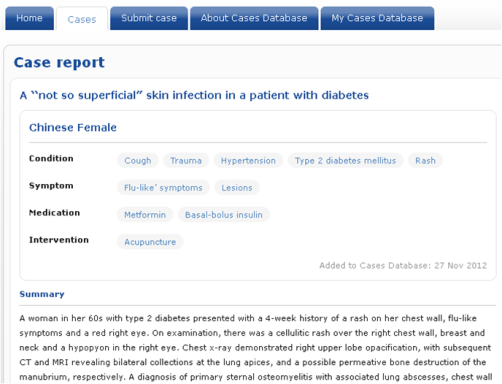Followerwonk: analyse your Twitter followers for free
8 Mar, 13 | by BMJ
If you’re looking to connect with people in a particular niche on Twitter, Followerwonk could be just the tool for you. It’s currently free to search Twitter biographies, compare users and analyse followers of multiple accounts, so try it out before subscriptions kick in.
What can I find out about my followers?
By linking a Twitter account to Followerwonk, users can run a number of different analytic reports for free. Below is a list of the most useful for strategically growing a following and connecting with ‘influencers’ in a specific area:
- Influence scores – how influential are your followers?
- Follower counts – how many followers do your followers have?
- Mapped locations – where are your followers located? (see below) more…




